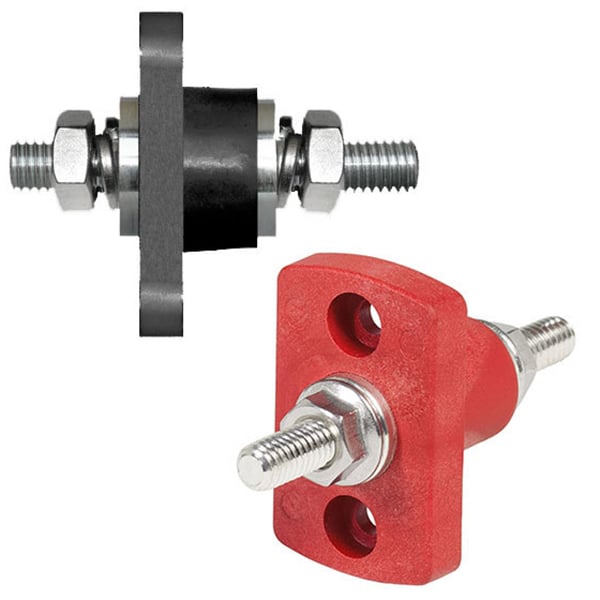What is the best way to connect the battery positive and battery negative terminals (BC0 and BC8) on the cells to the BMS and the + bus bar? I want to bend the copper bus bars to 90 degrees, run a 3/8" stainless bolt through the wooden compression wall for the bus bars for battery positive and battery negative, connect 1/0 awg wire to each and run both wires out a hole in the battery box. From there to the fuse, bus bar, or fuse and BMS. Is there a good way to bend the copper? Can it be heated and bent?
Last edited:



